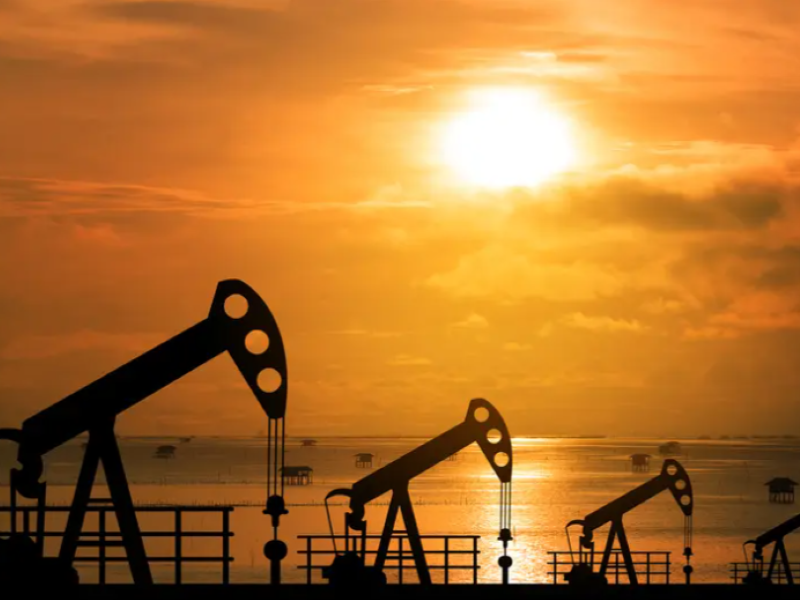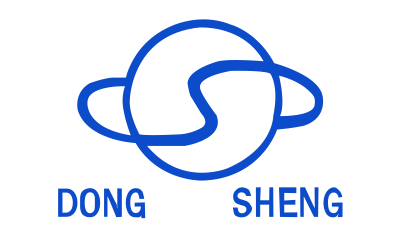Recently, while studying the fundamentals of oil exploration, we were once again struck by the complexity of the oil production chain: from how oil and gas are formed, stored, and migrated, to their final extraction through the wellhead, each step requires extensive geological and engineering expertise. In this entire process, once reservoir conditions are confirmed and production begins, one of the most critical pieces of equipment downhole is the sucker rod pump.
As a manufacturer with years of experience producing sucker rod pumps and accessories, we would like to share some insights from our frontline experience, based on industry data.
I. Why Sucker Rod Pumps Have Become the Mainstay of Oil Production:
The document mentions that oil reservoirs vary greatly in their formation environment, with differences in depth, pressure, permeability, crude oil viscosity, and gas and water content.
These factors determine how long and reliably the natural energy of the oil well can sustain production.
Often, in the early stages of production, oil wells can rely on formation energy to propel themselves upwards, but as pressure decreases and downhole flow resistance increases, the oil can no longer reach the wellhead. At this point, the sucker rod pump became the most common and stable lifting method.
Why did it become the mainstay? The reasons are actually quite simple:
Its structure is mature and stable.
Maintenance is simple and it's not picky about the environment.
It can adapt to shallow wells, deep wells, and even ultra-deep wells.
Sand-bearing, water-bearing, and gas-bearing conditions can all be addressed through different structures.
As long as the oil well is still producing, a suitable solution can generally be found for the sucker rod pump.
II. The characteristics of crude oil vary greatly among different oil wells, and the pump must be adjusted accordingly:
The data repeatedly mentions the complexity of crude oil composition—light, heavy, waxy, sandy, gas-bearing, and water-bearing—which we experience even more acutely in actual production.
For different oil wells, we make the following adjustments:
1. High-viscosity oil wells:
Require a larger pump diameter and appropriate plunger clearance; otherwise, pumping will be very difficult.
2. Sand-bearing oil wells:
Sand easily wears down the pump barrel and plunger. We usually use hard alloy coating or carbide valve balls to make the pump more wear-resistant.
3. Oil wells with high gas content:
These wells are prone to gas lock. We will configure anti-gas structures or bottom gas separators to reduce the possibility of "not pumping in full."
4. Oil wells with high water content or high corrosiveness:
These wells require more corrosion-resistant materials, such as nickel-based alloys or stainless steel structures.
These changes may seem minor, but they have a significant impact on pump life and well production.

III. As a manufacturer, our top priority is always compatibility:
Based on geological data and our actual production experience, we have summarized the most important principle: Sucker rod pumps are not simply "installed" but must be matched to well conditions. We usually provide a compatibility solution based on the data provided by the customer (well depth, sand content, water content, oil temperature, viscosity, gas content, pressure, etc.), including: Recommended Sucker Rod Pump model; Material combination; Plunger and pump barrel fit; Valve ball and seat material; Pump mounting depth and stroke recommendations. Buyers only need to tell us the well conditions, and we can provide a complete solution to ensure stable operation of the pump after it is installed in the well.
IV. Dongsheng Petroleum Machinery's Production Strength:
While we don't make exaggerated claims, as a long-time pump manufacturer, we consistently adhere to the following:
Pump barrel machining utilizes high-precision equipment, with strict control over roundness and concentricity.
The entire process of plunger spraying, grinding, and sealing is monitored.
All pumps undergo pressure testing and airtightness testing.
Special material solutions are used for high-sand and high-corrosion well areas.
Products can be manufactured according to API standards, and customized pump models for special operating conditions are also available.
We don't just "sell" pumps and call it a day; we aim to extend the stable downhole working cycle for our customers, reduce well shutdowns, and ensure more stable single-well production.
V. Oil Reservoirs Vary, But the Sucker Rod Pump Remains a Stable and Reliable Partner:
From geological exploration to actual extraction, oil production is a long chain. While the sucker rod pump isn't at the very beginning, it plays a crucial role in the most critical production stage, impacting yield, cost, and stability.
Dongsheng Petroleum Machinery will continue to improve its products, ensure optimal operating conditions, and provide excellent service, so that buyers can purchase with confidence and operate their wells with greater peace of mind.
If you are looking for a sucker rod pump or have special well conditions to discuss, please feel free to contact us. We are happy to provide professional advice.

